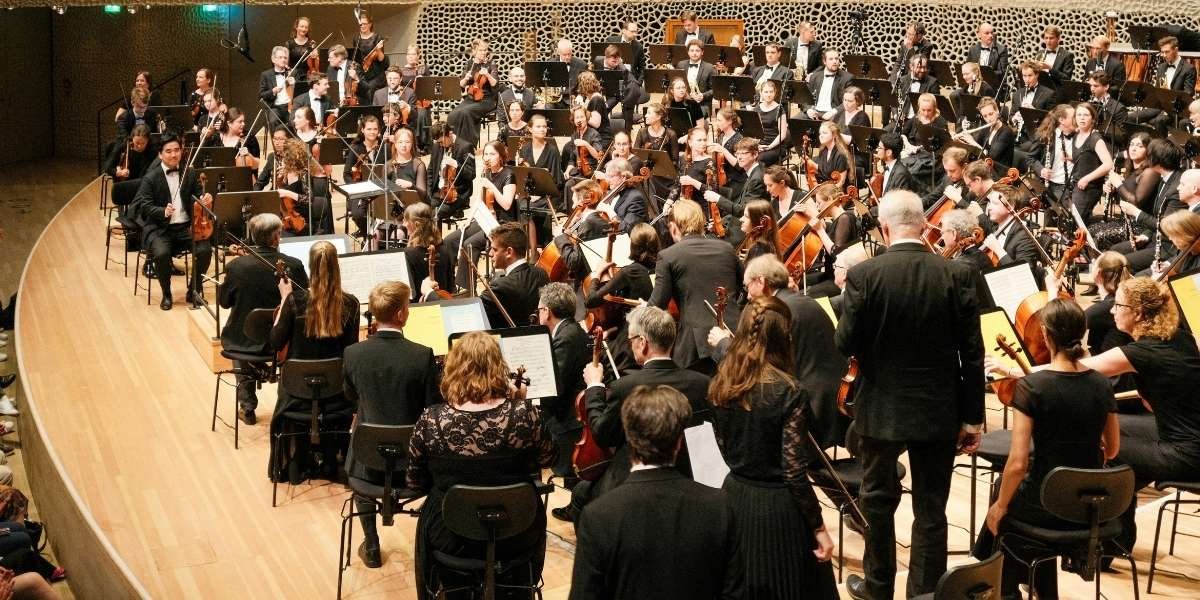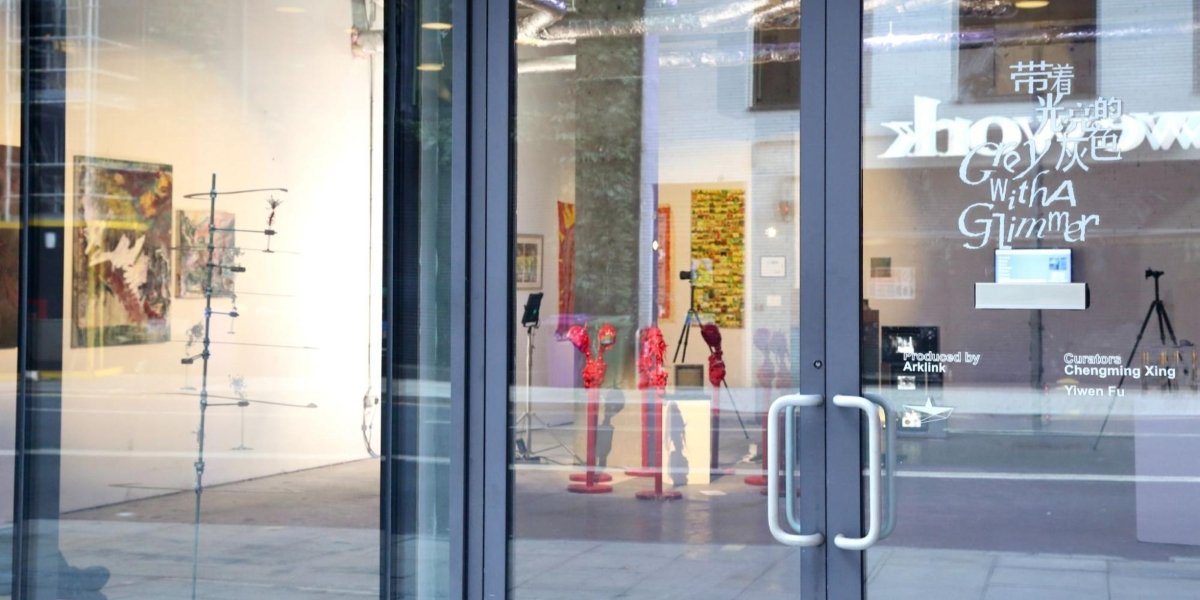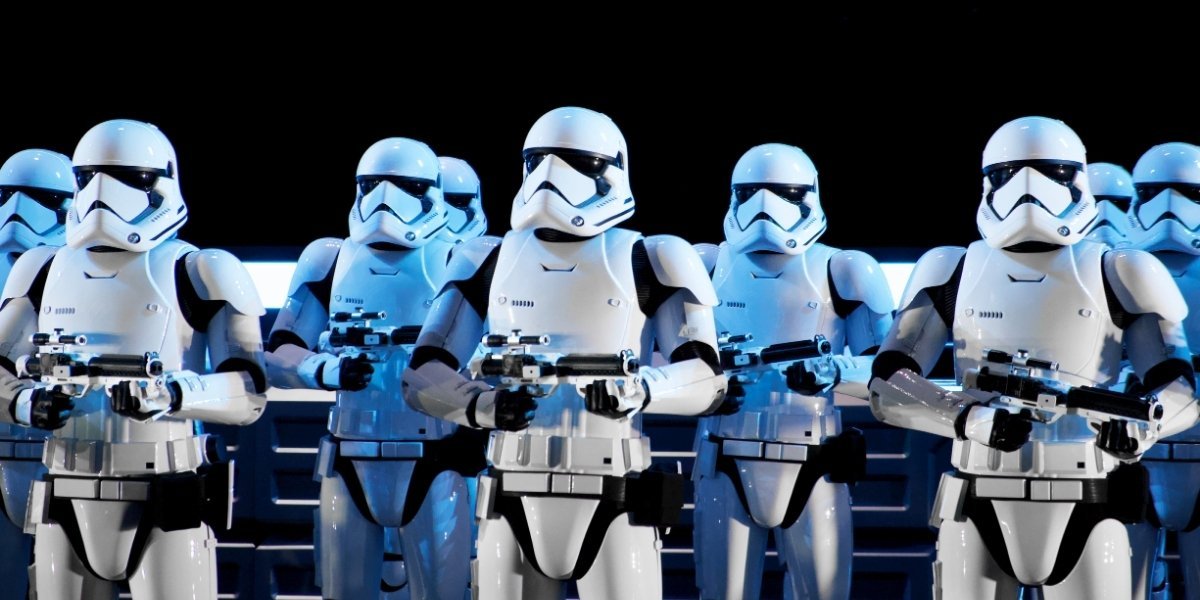Why Is Film Scoring Essential to Cinema?
Film scoring is one of the most influential aspects of filmmaking, often working behind the scenes to elevate the emotional depth of a story. While visuals grab our attention, the score’s role is to enhance the narrative, providing an extra layer of emotion and meaning that might otherwise be absent.
From the sweeping melodies in epic films to the subtle, tension-building harmonies in thrillers, a well-crafted score has the power to transport the audience into the world of the film. It’s more than just background music; film scoring shapes our emotional response to a scene, intensifying moments of joy, sadness, fear, or triumph. The right music can change the entire tone of a movie, turning a good scene into an unforgettable one.
Without a compelling score, films would lose their ability to resonate with audiences on such a deep, visceral level. Soundtracks can become iconic in their own right, with certain themes or motifs instantly recognizable and linked to specific characters or moments in cinema history.
How Does Film Scoring Enhance Storytelling?
At its core, film scoring serves as an extension of the story itself. Music can convey emotions or ideas that visuals alone cannot. Think of the opening notes of a well-known score—the music alone might evoke feelings of anticipation, sadness, or nostalgia. This emotional connection is a critical tool for filmmakers to ensure the audience’s engagement throughout the film.
The score also serves a narrative function. For example, a recurring musical motif may represent a character’s journey or inner conflict, evolving as the character develops. Music can also be used to foreshadow events or offer a sense of closure. The use of silence or minimal sound at crucial moments can have just as much impact, creating tension or providing relief.
Film scoring also aids in world-building, establishing a setting or atmosphere that draws viewers into the film’s universe. The score can tell us where the film takes place—whether it’s a dramatic, high-energy action sequence or a slow, contemplative moment in a quiet, emotional drama.
Who Are the Key Figures Behind Film Scoring?
Creating a memorable film scoring experience involves collaboration between the director, composer, and sound engineers. The composer is the heart of the score, responsible for translating the emotional and thematic essence of the film into music. Many of the greatest scores in film history have been crafted by iconic composers like John Williams, Hans Zimmer, and Ennio Morricone.

Photo Credit: Unsplash.com
The process of creating a film score involves a deep understanding of both the film’s themes and the director’s vision. Often, the composer is involved from early stages of production, watching rough cuts of scenes to begin creating the music that will eventually accompany them. The score isn’t always created last; rather, it’s integrated into the filmmaking process to complement and enhance the visuals.
Directors and composers work closely together to ensure the music aligns with the story’s tone and emotional beats. A good composer can transform a scene with the right musical cues, making the difference between a forgettable moment and one that stays with the audience long after the credits roll.
How Does Film Scoring Influence Audience Emotion?
The impact of film scoring on audience emotions is one of its most profound elements. Music manipulates our subconscious, guiding our emotional responses without us even realizing it. A well-timed crescendo, the gradual buildup of suspense, or a sudden change in tone can make us feel more deeply connected to the characters and their struggles.
The use of sound in film scoring often creates an immediate emotional connection. For example, the gentle strings in a romantic scene pull the audience into the emotions of the characters, while the heavy brass in an action scene heightens the stakes. Music can even influence how we perceive a character, as certain instruments or motifs are associated with specific traits or emotions.
Even in moments of silence, the absence of sound can evoke a powerful emotional response, creating an eerie or intense feeling that is just as impactful as the music itself. The combination of sound and silence is one of the many tools in a composer’s arsenal, allowing them to craft an emotional journey for the audience.
How Has Film Scoring Evolved Over Time?
Film scoring has undergone significant changes since the early days of cinema. In the silent film era, live orchestras would perform scores to accompany films, creating a direct link between music and the on-screen action. Early film scores were often simple, designed to evoke specific emotions, like excitement or sadness, in a very direct manner.
With the advent of sound in film, composers began to experiment with more complex, layered scores. In the 20th century, the use of orchestral arrangements became a hallmark of cinematic scoring, with composers like Max Steiner and Alfred Newman creating sweeping, symphonic scores that are still celebrated today. The rise of electronic music in the late 20th century also added new dimensions to film scoring, leading to more diverse and innovative approaches to sound.
Today, film scoring continues to evolve, with technology allowing for even more sophisticated compositions. Digital sound libraries, electronic instruments, and synthesized sounds are commonly used alongside traditional orchestras, giving composers greater flexibility in their creative expression.















